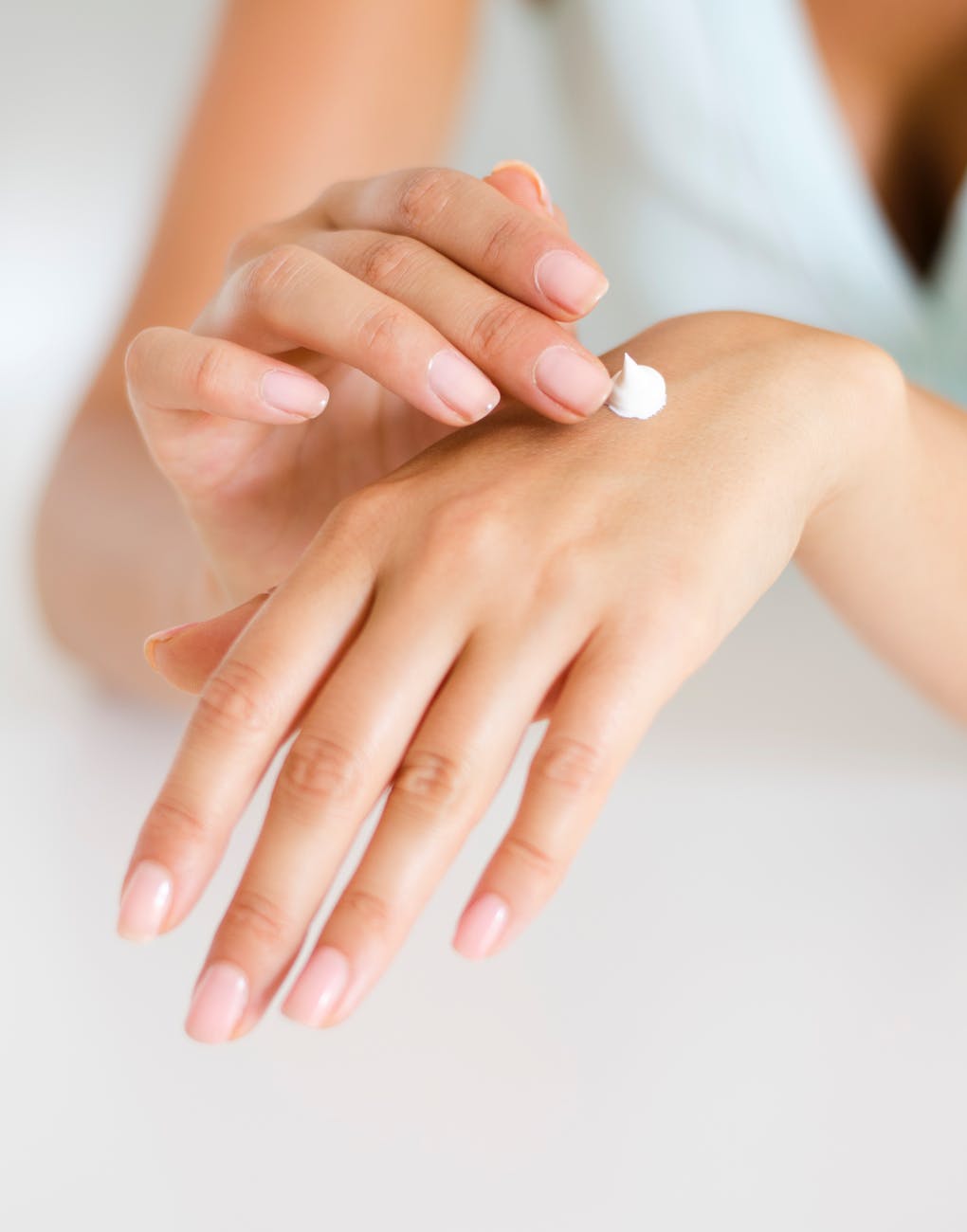
How Does Secret RF Work?
Secret RF is a unique microneedling technology that is ideal for facial rejuvenation, improving scars and plumping and tightening loose skin by applying precisely controlled radio frequency energy directly into various depths of skin with minimally invasive microneedles.
Secret RF works by combining radio frequency and percutaneous needling to induce collagen production and tightens elastin fibers. During treatment in Phoenix, the Secret RF tool is moved over the treatment area while the micro-needles penetrate the skin and deliver the radio frequency directly into the target areas. The depth of delivery can be adjusted depending on the condition of the skin and the indication for the procedure. Unlike other devices which only deposit energy on the surface of the skin, Secret RF delivers energy below the surface where it’s needed most to help revitalize and regenerate the tissue. This unique delivery of energy allows us to achieve optimal results with little to no downtime on all skin types.
To achieve optimal results, 3-4 treatments are typically needed. The typical interval between sessions is 3 to 4 weeks.
On the face, Secret RF is beneficial for:
- non-surgical face lifting
- wrinkle reduction
- skin tightening
- skin rejuvenation
- pore reduction
- acne scars
- other scars
On the body, Secret RF is beneficial for:
- scars
- hyperhidrosis (excess sweating)
- stretch marks
Secret RF is a very safe procedure with few side effects and little down time. Unlike lasers and IPL, Secret RF can be performed on all skin types, on the face and the body. Because of its safety profile, the incidence of side effects is very uncommon but can include:
- Prolonged redness lasting 1-2 days
- Minor swelling lasting up to 3 days
- Minor bruising
- Skin color changes (most common in patients with darker skin)
- Patterning of treated skin (temporary and reversible)
- Infection
To learn more about Secret RF or to schedule a consultation with Dr. Holy, contact THE CENTER for Advanced Dermatology at 602-867-7546 or website.











